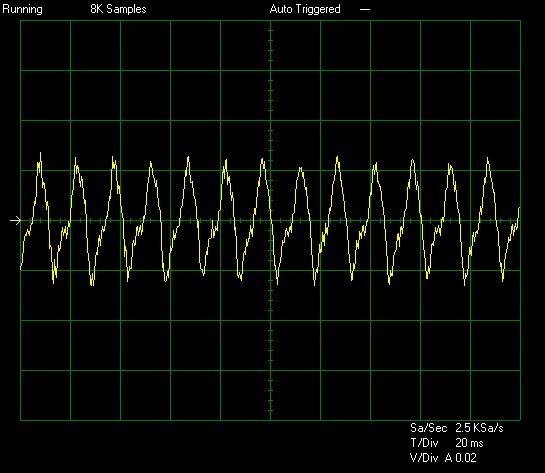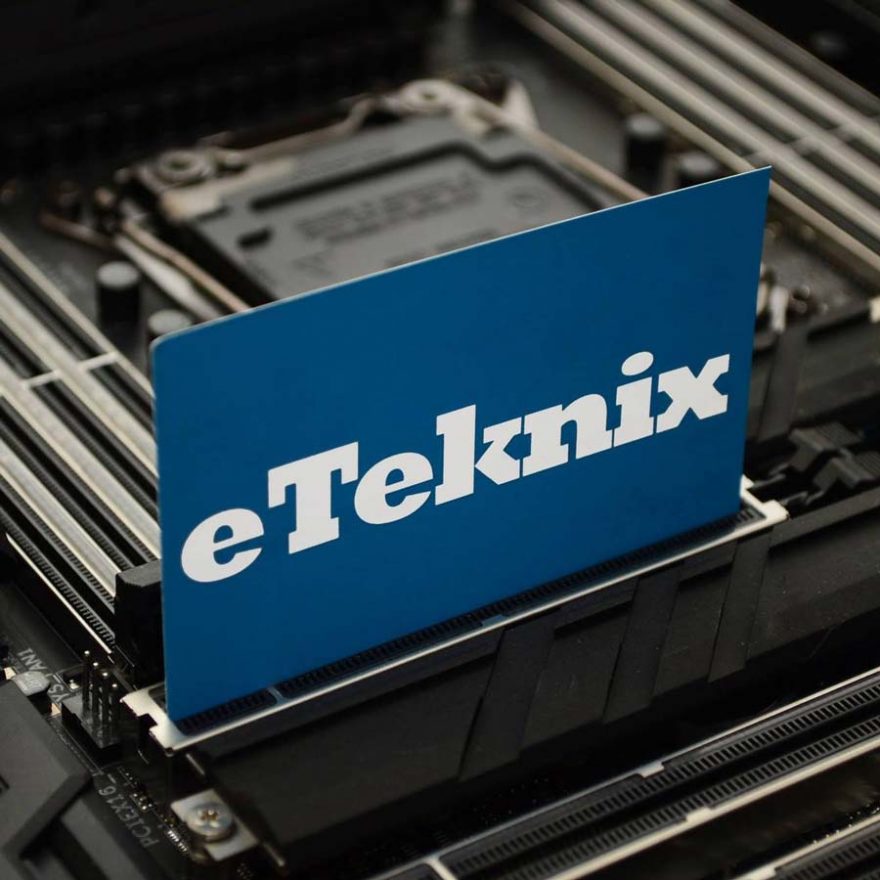Enermax Revolution XT 530W Power Supply Review
Ryan Martin / 10 years ago
Ripple
Noise and Ripple can easily be measured by an oscilloscope. These show how much voltage fluctuation there is on a particular rail. We tested the rail stability of the 3.3 volt, 5 volt and 12 volt rails using an identical time and millivolt scale for all graphs. millivolt ripple is measured by the peak to peak size of the voltage curve.
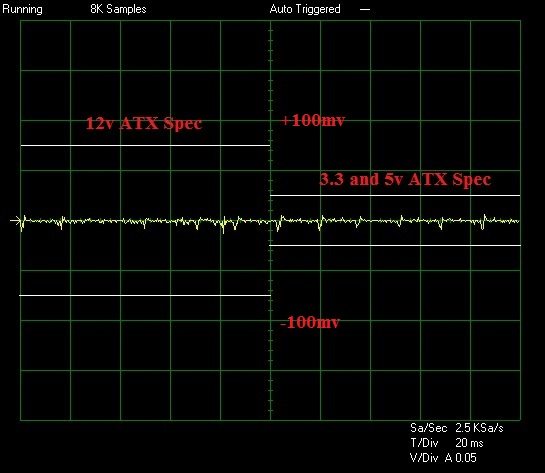
Sample Ripple Graph
The latest ATX 12 volt version 2.3 specifications state that ripple from peak to peak must be no higher than 50 millivolts for the 3.3 volt and 5 volt rails, while the 12 volt rail is allowed up to 120 millivolts peak to peak to stay within specifications. Millivolt figures are stated to the closest increment of 5 given their variability.
| Load (%) | 3.3V Ripple | 5V Ripple | 12V Ripple |
| 20 | 8.4 | 5 | 22.2 |
| 40 | 10.6 | 5.8 | 27 |
| 60 | 16.2 | 7.8 | 34.2 |
| 80 | 20.6 | 8.8 | 44.8 |
| 100 | 25.2 | 10.2 | 54.2 |
I read a review of Enermax’s Revolution XT 630W over at another review site and was slightly worried that ripple suppression was going to be poor. However, as our results show the performance is very strong on all rails. If this unit was targeting a higher-end segmentation I’d like to see the 12 volt ripple brought below 40mV and the 3.3 volt ripple brought below 20mV but the results are still very strong.
3.3 volt @ 100%
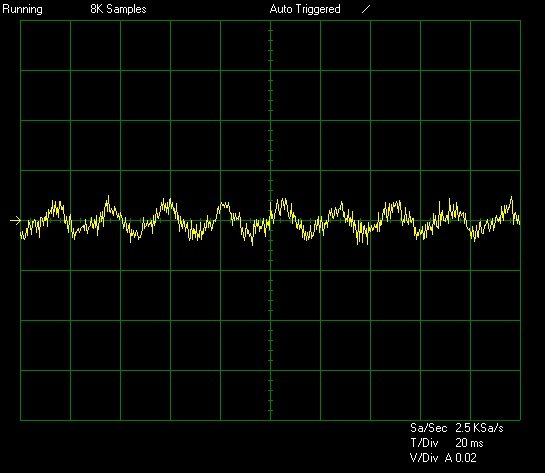
5 volt @ 100%
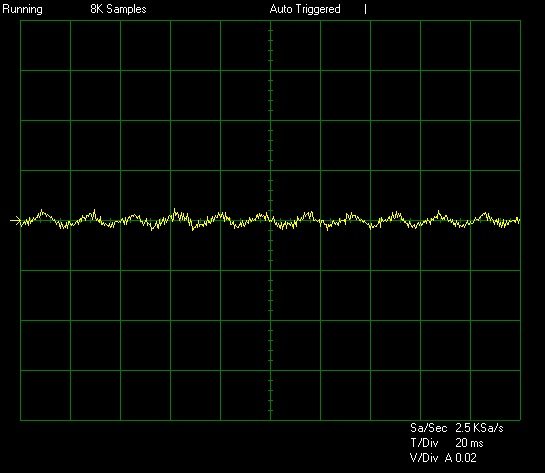
12 volt @ 100%
